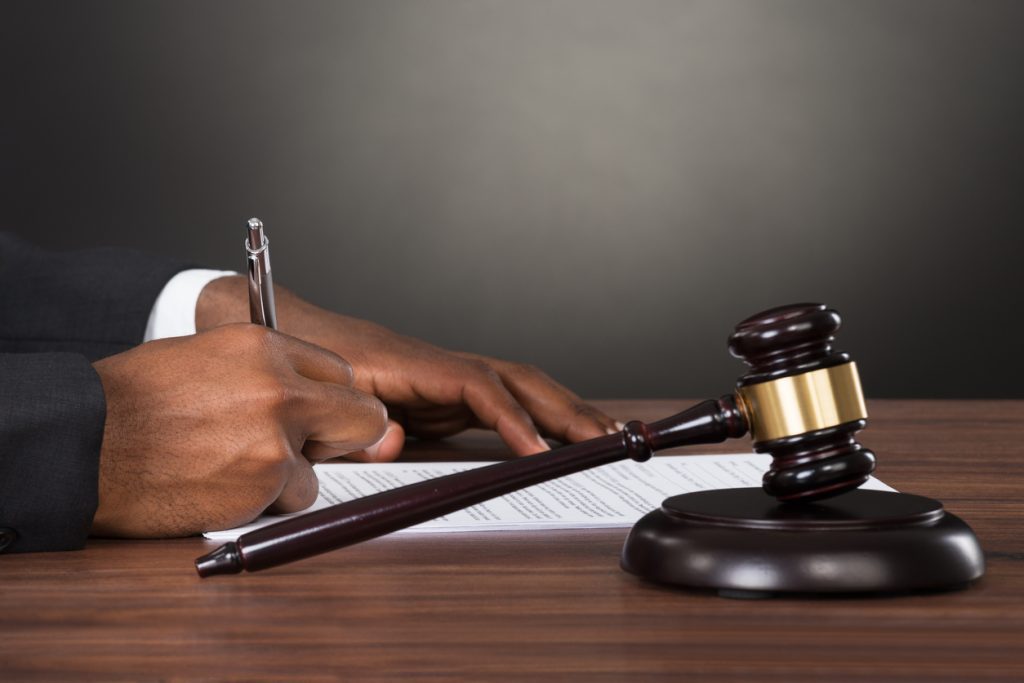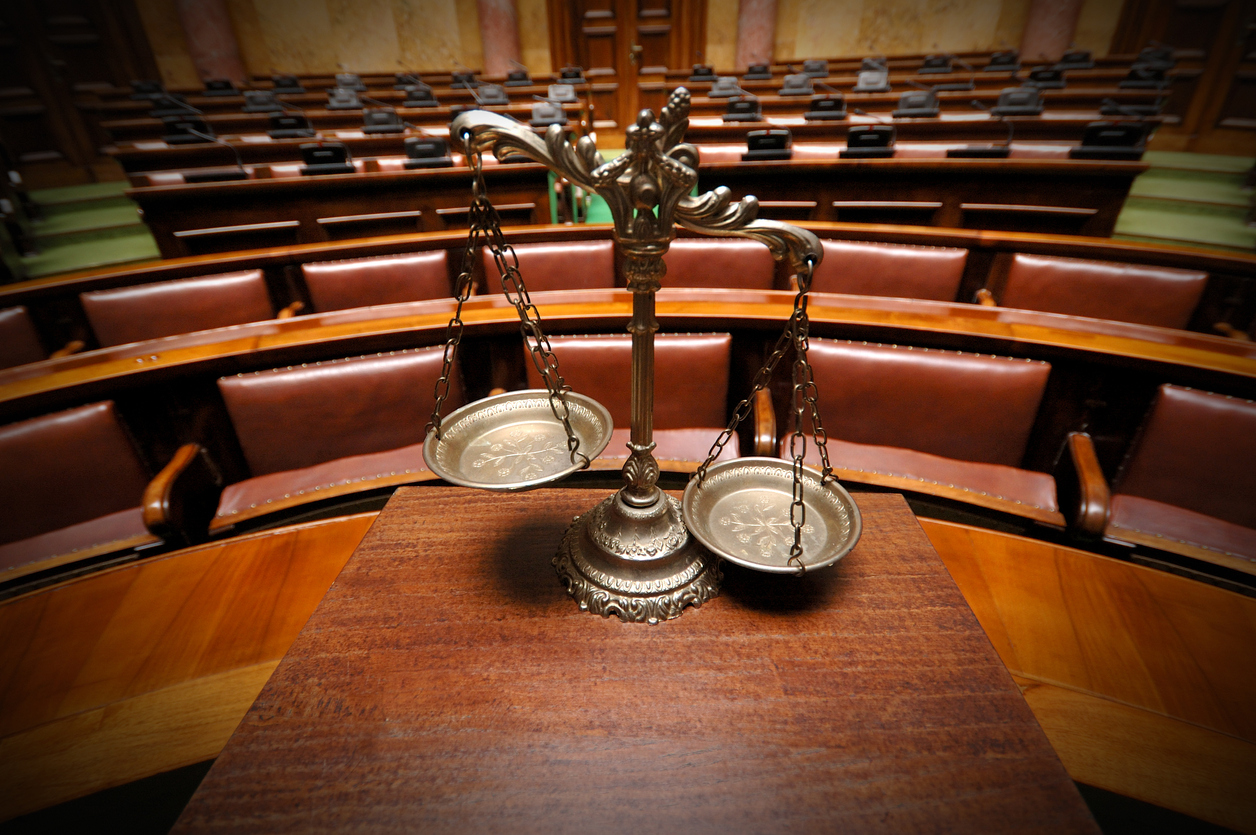An arraignment is a formal hearing in court. It is usually the first time someone charged with a crime appears in court. The person charged with a crime is called the “defendant.”
At the arraignment, the judge reads the charges against the defendant to them. The defendant then enters a plea. After that, the judge will decide whether to release the person until trial or hold them in custody.
What is an arraignment?
When you are arrested and charged with a crime, you will appear before a judge for the first time. That first hearing is an arraignment. It usually occurs on the day of or day after the person’s arrest. But you can waive an arraignment as well.
In federal cases and some state cases, magistrate judges do arraignment hearings. There are differences between a magistrate and judge. But those differences are small and likely won’t impact your case. You may not even know the difference.
During the arraignment hearing, the judge reads the charges against you. You can also waive the reading o the charges if you choose. You then enter a plea. There are three choices: guilty, not guilty or no contest. Most defendants plead not guilty at their arraignment.
After that, the judge decides whether to release you until your trial. To decide whether to release you at your arraignment, judges consider many things. They consider where you live, your family dynamic, your record, your conduct and whether you are a danger.
What are your rights at an arraignment?
You have several important rights that apply at your arraignment. First, you have the right to a copy of the indictment or information. You also have the right to have a lawyer. And you have the right to have the judge explain the charges against you.
While it is not a legal “right,” you can also ask for your release at this hearing. The judge could release you on a cash bond. This means you would have to post bail, which means pay money, before you can leave prison.
The judge could also release you on a personal recognizance (sometimes called a “PR”) bond. This release requires you to avoid other criminal activity but does not require you to post money.
Finally, a judge might decide not to release you at all.

What comes after an arraignment?
There are several steps in a criminal case that happen after an arraignment. You and your lawyer will get access to the prosecution’s evidence against you. Your lawyer will also likely talk to the prosecutor about potential plea deals.
Depending on whether there was a grand jury indictment, you may also have a preliminary hearing or examination. At that hearing, the prosecutor would have to present evidence that it is more likely than not that you committed the charged crimes. If they do, your case moves forward. If they don’t, the court dismisses your case.
But, if the court doesn’t dismiss your case after a preliminary hearing, you can also move to dismiss your case after. To do so, you would likely have to prove that no reasonable juror could convict you. This is very hard to do.
Otherwise, your case will go to trial. A jury, or a judge in a “bench” trial, then considers the case. If the jury or judge finds you guilty, the judge will sentence you. If they find you not guilty, you will be free to go home.
The Takeaway:
An arraignment is the first formal hearing after you are arrested and charged with a crime. At the hearing, the judge will read the charges against you. Then you will enter a plea. After that, the judge will likely consider whether to release you before trial. There are several steps that occur between an arraignment and trial.






